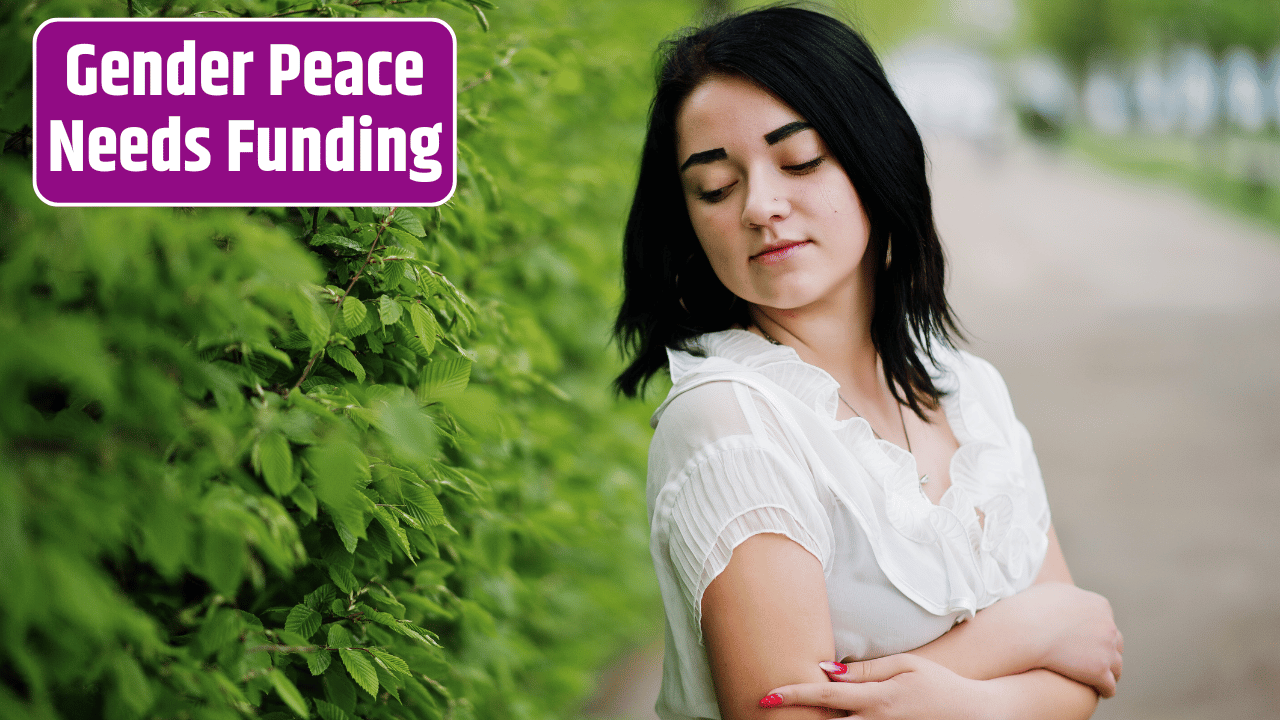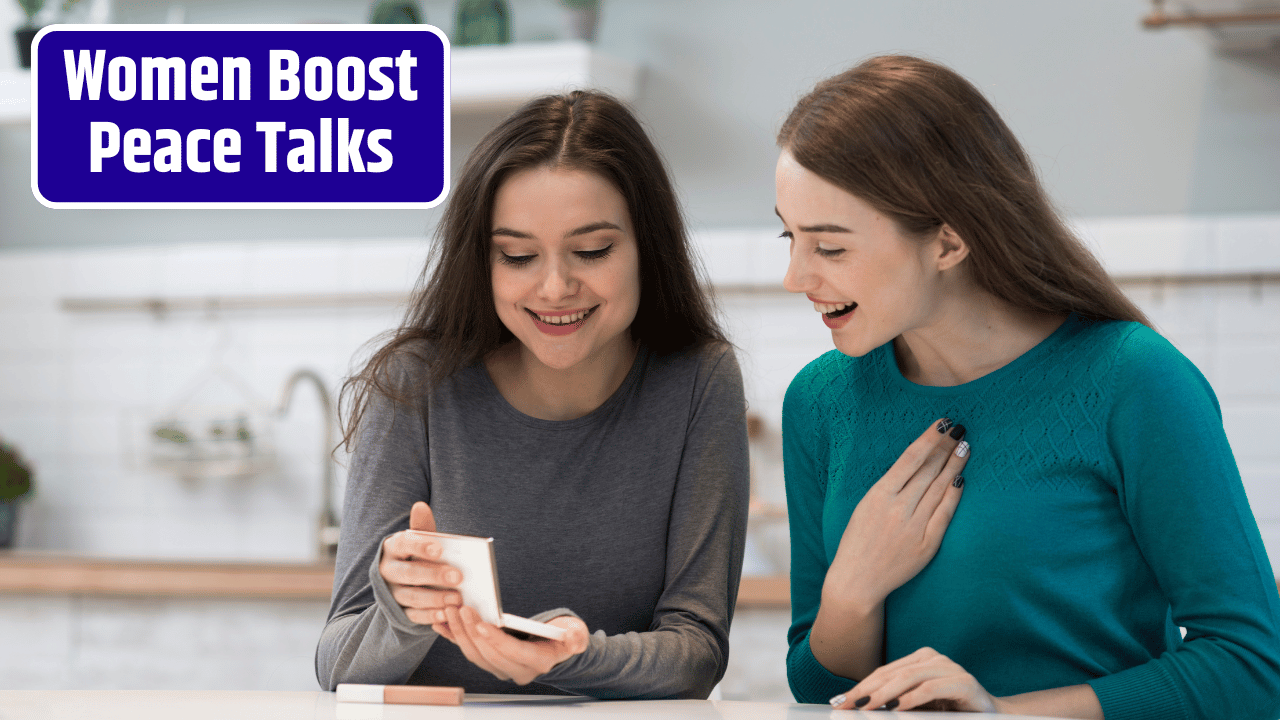Let’s talk money. Not the flashy, yacht-and-champagne kind, but the kind that rebuilds lives after airstrikes, feeds kids when aid trucks don’t come, and funds real, gritty peace work done by women in places where peace is more dream than memory.
Because in 2025, a global campaign is asking a simple question:
What would happen if we actually funded women-led peace efforts properly?
Spoiler alert: we might finally get peace that lasts.
Table of Contents
The Campaign: Women at the Helm, Not on the Sidelines
Dubbed Funding Gender Peace, the campaign launched in early 2025 with backing from a powerhouse alliance of over 80 NGOs, feminist funds, and peacebuilding networks across more than 40 countries.
Its mission? Secure $1.5 billion in direct funding for women-led peace initiatives by 2027. Not through trickle-down grants or bureaucratic pipelines—but through targeted, transparent support to the people doing the real work.
We’re talking:
- Community peace councils run by women in Nigeria and Cameroon
- Grassroots reconciliation circles in Bosnia
- Ex-combatant reintegration centers for women in Colombia
- Legal aid and trauma services for survivors of gender-based violence in Gaza, Myanmar, Ethiopia
They’re calling it “funding justice, not charity.” And honestly? It’s long overdue.
So… Why Haven’t We Been Funding Women All Along?
Ah, the million-dollar question. (Or, more like the $1.5 billion one.)
Here’s what’s been happening for decades:
| Problem | Reality |
|---|---|
| Women do the work | But 1% of global peace funding reaches them directly (UN Women, 2023) |
| Local orgs are most effective | But large INGOs get the lion’s share of donor cash |
| Gender matters in conflict | But funding rarely reflects that nuance |
| Donors want “scale” | Grassroots orgs offer depth, not size—and get overlooked |
There’s also the awkward dance of trust. Many donors still see women-led grassroots orgs as “risky” or “too informal,” ignoring the fact that these groups often outlast militaries, governments, and entire aid missions.
Meet the Women Behind the Movement
This campaign isn’t run from air-conditioned offices in Brussels. It’s co-led by women who’ve lived through war and built peace with their bare hands (sometimes literally). A few faces behind the force:
- Maya Al-Fatah (Iraq): Runs a mediation school for young women in Mosul, training the next generation of female peacebuilders.
- Claudine Mbala (DRC): Survivor of war, now director of a conflict trauma center that serves over 12,000 women a year.
- Farida Hossaini (Afghanistan): Coordinates underground safehouses for women peace advocates still working under Taliban rule.
- María de la Paz Rivera (Colombia): Ex-FARC fighter turned social worker, helping reintegrate women formerly involved in armed conflict.
Their orgs aren’t theoretical. They’re tangible, messy, resilient, and real.
Show Me the Money: How the Funds Flow
Here’s where it gets interesting. Funding Gender Peace is flipping the old donor model on its head.
- Pooled fund structure: Contributions (from governments, individuals, private donors) go into a centralized pool managed by a rotating board of local women leaders.
- Participatory grantmaking: Communities help decide how funds are distributed—because who knows what’s needed better than the people living it?
- Real-time transparency: Blockchain-backed tracking shows where each dollar goes. No black boxes. No vague “operational overhead.”
- Micro and macro support: $500 grants for village mediation circles? Done. $500,000 to scale a trauma center? Also done.
And individuals can get involved, too. Donate $10 or $10,000—every bit counts.
Bonus? Several governments (Canada, Norway, Chile) have agreed to match public donations up to $100 million.
But Is It Working?
Early signs say yes. Since soft-launching the fund in January 2025:
- Over 320 local women-led groups have received direct grants
- 94% of grantees reported increased community trust and engagement
- Several high-tension areas (like northern Nigeria and Colombia’s Meta region) reported significant reductions in local violence after women-led mediation efforts
- Crucially: the vast majority of these results came with budgets smaller than what some INGOs spend on office space in Geneva
So yeah, it’s working. Because when you fund women at the frontlines, you’re not just checking a gender box—you’re backing the backbone of real, lasting peace.
FAQs
How is this different from past “gender mainstreaming” programs?
Those often added a gender perspective without changing funding flows. This campaign puts money directly into women’s hands. It’s not about adding pink to the budget—it’s about changing who controls the budget.
What if governments don’t support this?
They don’t have to. The fund is designed to be independent. Government donors are welcome—but not required for the fund to function.
Can small orgs apply for funding?
Absolutely. There’s a low-barrier application process in 12+ languages, and tech support teams help orgs apply from regions with limited internet access.
Is the campaign feminist?
Yes—unapologetically. It’s also intersectional, prioritizing women facing multiple layers of marginalization: LGBTQ+, disabled, Indigenous, displaced, etc.














